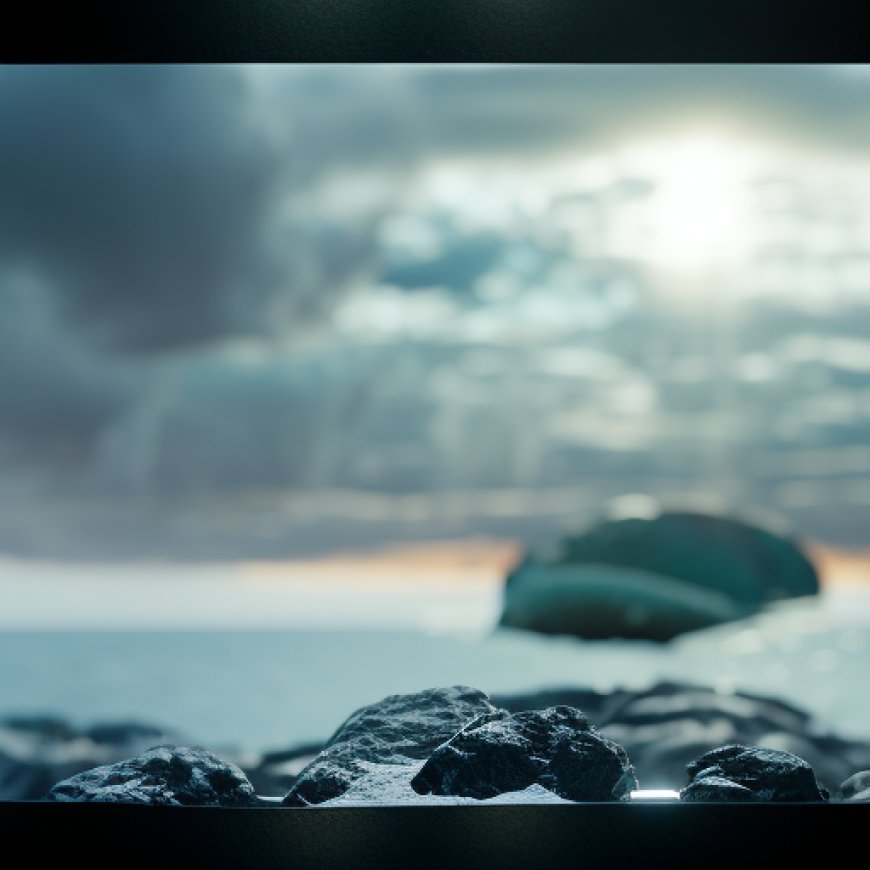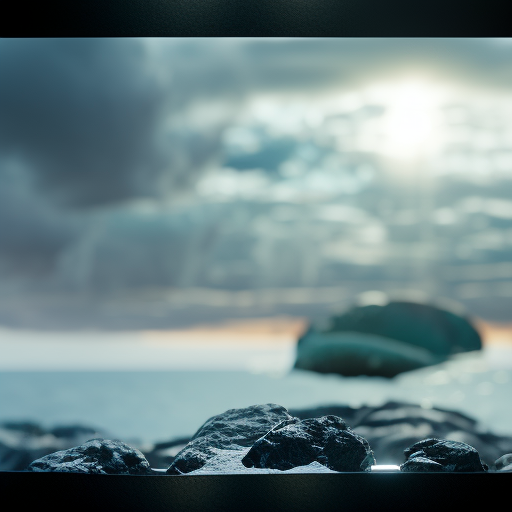Worrying biodiversity loss in Finnish coastal waters: report
Worrying biodiversity loss in Finnish coastal waters: report ZAWYA


Habitats and Organisms in Finland’s Coastal Waters Threatened by Biodiversity Loss

Finland’s coastal waters are facing a threat to their habitats and organisms due to biodiversity loss, as highlighted in a report published on Friday.
Unique Conditions in Finland’s Baltic Sea Waters
Finland’s Baltic Sea waters, covering over 46,000 kilometers (28,600 miles) of coastline and characterized by brackish, shallow waters, are home to organisms that have adapted to conditions found nowhere else in the world.
Concerns Over Decline of Keystone Species
The report noted a worrying decline in key species such as bladder wrack, eelgrass, and the blue mussel, which play crucial roles in the ecosystem.
“The diversity of invertebrates that form the basis of food webs in the coastal waters of Finland is inherently relatively low, which makes the ecosystem particularly vulnerable,” said Christoffer Bostrom, associate professor and co-author of the report. “If one species disappears locally, there is no species replacing that function.”
Biodiversity Loss in Finland’s Coastal Marine Environment
For the first time, experts at the Finnish Nature Panel studied changes in Finland’s coastal marine environment and identified 45 different forms of biodiversity loss.
The most common type of loss observed was the local disappearance of species and decreases in others.
Importance of Coastal Ecosystems
Coastal ecosystems play a crucial role in carbon and nutrient sequestration, oxygen production, and maintaining productive fish stocks.
Factors Driving Biodiversity Loss
The loss in biodiversity is primarily driven by eutrophication and climate change.
Eutrophication, caused by the excess input of nutrients into the sea from sources such as agricultural run-off, forestry, and waste waters, poses the main threat to marine biodiversity, according to the report.
“None of Finland’s coastal water areas are in good condition in terms of eutrophication,” said Henri Sumelius, project researcher and lead author of the report. The researchers emphasized the need for increased efforts to prevent harmful nutrients like phosphorus and nitrogen from reaching the sea.
“Despite some signs of recovery, the coastal areas have still not reached good ecological status,” added Bostrom.
Impact of Climate Change
The report highlights that the Baltic Sea is one of the world’s seas experiencing rapid changes due to climate change, further exacerbating the pressure on ecosystems.
Recommendations for Halting Biodiversity Loss
In order for Finland to achieve international targets on halting biodiversity loss, the Nature Panel recommends stronger protection of marine areas and prioritizing nature in decision-making processes.
SDGs, Targets, and Indicators
| SDGs | Targets | Indicators |
|---|---|---|
| SDG 14: Life Below Water | Target 14.1: By 2025, prevent and significantly reduce marine pollution of all kinds, particularly from land-based activities, including marine debris and nutrient pollution | Indicator not mentioned in the article |
| SDG 14: Life Below Water | Target 14.2: By 2020, sustainably manage and protect marine and coastal ecosystems to avoid significant adverse impacts, including by strengthening their resilience, and take action for their restoration in order to achieve healthy and productive oceans | Indicator not mentioned in the article |
| SDG 15: Life on Land | Target 15.5: Take urgent and significant action to reduce the degradation of natural habitats, halt the loss of biodiversity, and protect and prevent the extinction of threatened species | Indicator not mentioned in the article |
| SDG 15: Life on Land | Target 15.9: By 2020, integrate ecosystem and biodiversity values into national and local planning, development processes, poverty reduction strategies, and accounts | Indicator not mentioned in the article |
1. Which SDGs are addressed or connected to the issues highlighted in the article?
The issues highlighted in the article are connected to SDG 14: Life Below Water and SDG 15: Life on Land. SDG 14 focuses on the conservation and sustainable use of the oceans, seas, and marine resources, while SDG 15 focuses on the protection, restoration, and sustainable use of terrestrial ecosystems.
2. What specific targets under those SDGs can be identified based on the article’s content?
Based on the article’s content, the specific targets that can be identified are:
- Target 14.1: By 2025, prevent and significantly reduce marine pollution of all kinds, particularly from land-based activities, including marine debris and nutrient pollution
- Target 14.2: By 2020, sustainably manage and protect marine and coastal ecosystems to avoid significant adverse impacts, including by strengthening their resilience, and take action for their restoration in order to achieve healthy and productive oceans
- Target 15.5: Take urgent and significant action to reduce the degradation of natural habitats, halt the loss of biodiversity, and protect and prevent the extinction of threatened species
- Target 15.9: By 2020, integrate ecosystem and biodiversity values into national and local planning, development processes, poverty reduction strategies, and accounts
3. Are there any indicators mentioned or implied in the article that can be used to measure progress towards the identified targets?
No specific indicators are mentioned or implied in the article that can be used to measure progress towards the identified targets.
Behold! This splendid article springs forth from the wellspring of knowledge, shaped by a wondrous proprietary AI technology that delved into a vast ocean of data, illuminating the path towards the Sustainable Development Goals. Remember that all rights are reserved by SDG Investors LLC, empowering us to champion progress together.
Source: zawya.com

Join us, as fellow seekers of change, on a transformative journey at https://sdgtalks.ai/welcome, where you can become a member and actively contribute to shaping a brighter future.







